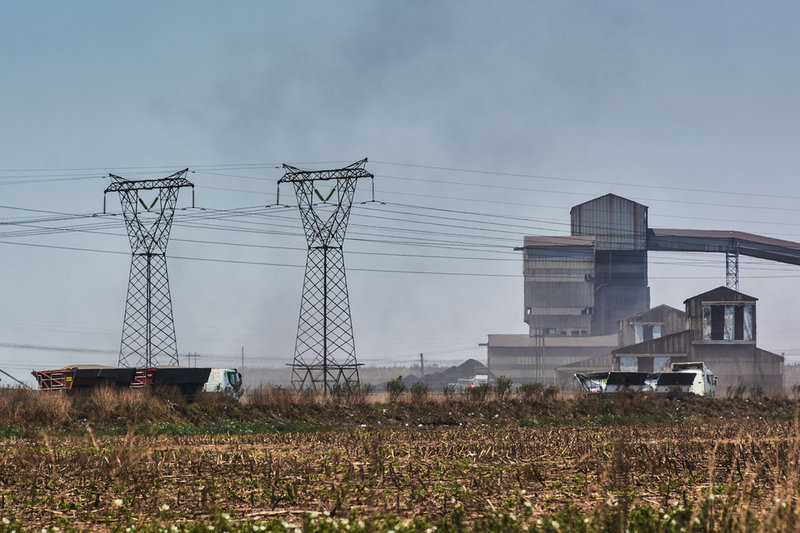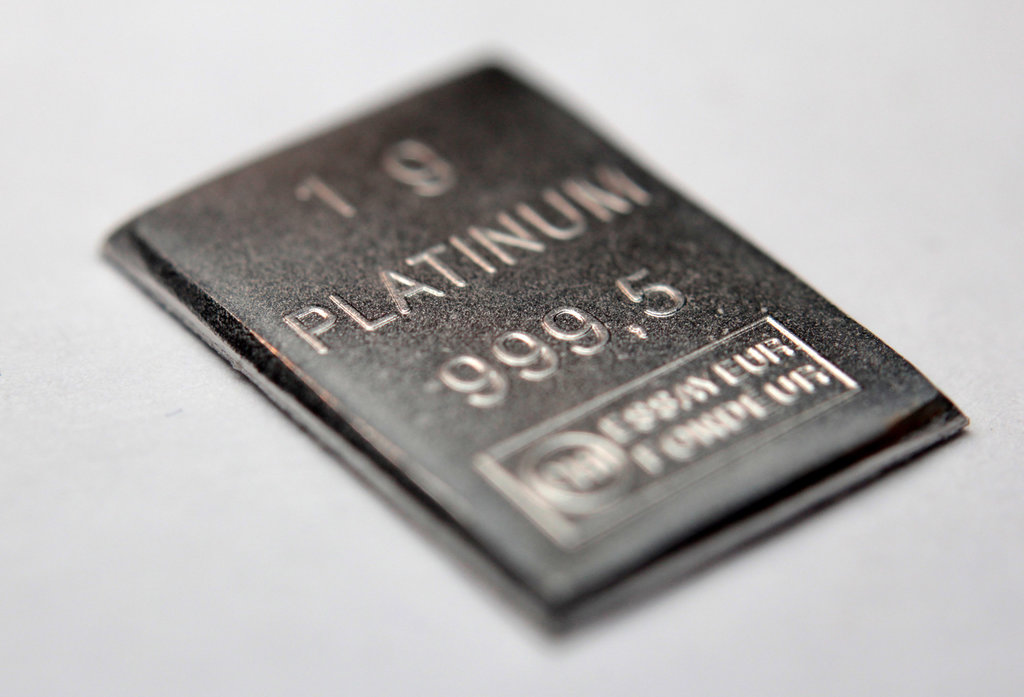Feature
Losing its lustre: behind the growing platinum deficit
Investors are driving platinum prices up as a production surplus turns into a heavy deficit. Giles Crosse speaks to the World Platinum Investor Council about the causes, and the near future of the metal.

Power outages continue in South Africa. Credit: Waldo Swiegers/Bloomberg via Getty Images
The World Platinum Investment Council (WPIC) has published its reports into the commodity’s performance in 2022, and the outlook appears challenging indeed.
The council predicts that output will hit an overall deficit against demand. Why has this happened, and what could the future hold for the metal?
Platinum commodity market in peril
Platinum, by any estimation, is in a bit of a pinch. The WPIC's 8 March 2023 report says that after two years of significant surpluses, the platinum market is forecast to move to a material deficit in 2023.
Edward Sterck, director of research at the World Platinum Investment Council, elaborates: “The biggest headwind facing platinum in 2022 related to an unwinding of investment flows that occurred in 2020 as a result of Covid challenges.
“During 2020, Covid fears pushed investors towards buying precious metals, which resulted in a significant increase in exchange-traded fund (ETF) holdings across all precious metals. At the same time, specific to platinum, logistical challenges resulted in a significant increase in stocks held on exchanges as collateral for futures positions.
“In aggregate, these two effects in 2020 increased investment by around a million ounces. What happened in 2022 is that these increased investment holdings unwound due to rising real rates, pushing investors away from non-yielding precious metal investments towards yielding assets, and a normalising of the collateral needs for futures positions. This resulted in a market surplus of 776 thousand ounces of gold-equivalent [koz] in 2022.”
The change from the 776 koz surplus in 2022 to the forecast deficit in 2023 is some 1.3 Moz. This, says WPIC, also reflects mining and recycling supply remaining close to the weak levels shown in 2022, up only 3% (201 koz) compared to strong demand growth of 24% (1,534 koz).

The commodity in the spotlight. Credit: Corlaffra via Shutterstock
Power cuts in South Africa causing problems for platinum production
These issues define the immediate future of the market. Reuters notes a few drivers for the problems, including power outages and maintenance at mines in South Africa, the top platinum-producing nation, restricting supply.
The WPIC concurs, but goes into more detail. “The forecast is for platinum production of 7,428 koz in 2023, up from 7,227 koz in 2022,” says Sterck.
The market will move from a surplus of 776 koz to a deficit of 556 koz in 2023.
“The approximately 1.3 million ounce move from a surplus of 776 koz in 2022 to a deficit of 556 koz in 2023 stems from a combination of strong year-on-year increases in demand from the automotive and industrial segments, of 10% and 12% respectively, and a return to positive net investment from negative investment.
“From an investment perspective, the deficit market increases the likelihood of investors increasing their holdings. Already in 2023 we have seen ETF investment demand of over 200 koz.”
Either way, this foretells of a classic mismatch between supply and demand.
The future view
“Looking to 2024 and beyond, we expect automotive demand to continue to grow due to increased substitution of platinum for palladium in gasoline vehicles, a gradual increase in demand for fuel cell electric vehicles and continued steady demand growth from industrial applications,” says Sterck.
“Jewellery demand will likely remain somewhat challenged and we expect it to remain broadly flat at currently levels.
The outlook for platinum supply is rather more challenged.
We expect investment demand to run at the average levels seen over the past ten years. On the supply side of the equation, the outlook is rather more challenged.
“Electricity shortages in South Africa and sanctions against Russia result in downside risks to mine supply, although there have not been any significant shortfalls in output from Russia so far. Recycling supply is expected to remain capacity-constrained. The net impact is for the platinum market to remain in deficit for the foreseeable future and for those deficits to sequentially deepen with time.”
Russian invasion worsens supply
Reuters observes similarly; platinum prices have shot up as speculators bet power outages at South African mines and rising demand from automakers and the hydrogen industry will create supply shortages.
Prices leaped from just above $900 an ounce in late February to $1,132.17 on April 21; the highest in more than a year, before easing to around $1,050 by early May.
The WPIC’s stated view is that commodity markets tend to self-solve for imbalances. “We do not comment on prices,” said Sterck, “but the outlook for sustained platinum market deficits could certainly pique investor interest and exacerbate deficits through growing investment demand. These effects are more exaggerated in a deficit market.”
The outlook for the platinum market could certainly pique investor interest and exacerbate deficits.
“The biggest geopolitical impact of recent times has been the repercussions from Russia’s invasion of Ukraine,” he continues.
“In terms of platinum demand, Ukraine was quite an important supplier of wiring looms to the automotive industry, which impacted vehicle production in Europe in 2022. Also, as a result of trade sanctions after the invasion, the Russian petroleum and fertiliser industries are less in need of platinum catalysts than in the past.
A future of deficit for platinum?
Decarbonisation, as ever, will influence platinum. The International Energy Agency (IEA) says that hydrogen demand grew in new applications, although from a very low base, reflecting accelerated deployment of fuel cell EVs, particularly in heavy-duty vehicles in China.
Hydrogen fuel cell electric vehicles need platinum. The IEA notes that in road transport, battery electric vehicles are more efficient and more developed than hydrogen fuel cell electric vehicles (FCEVs). However, hydrogen will scale up faster in road transport in the medium term than in shipping and aviation - since FCEV technology is further advanced.
One could speculate that the internal Chinese demand for platinum could be going into its FCEV market, though data on this isn't the easiest to verify.
One thing does appear certain. In the short term, prices on platinum are rising and the supply deficit isn't set for immediate resolution. This is arguably good news for speculators, bad news for platinum end users, and bad news for everyone if the deficit lasts long enough to crash commodity demand. That future, for now, is uncertain.